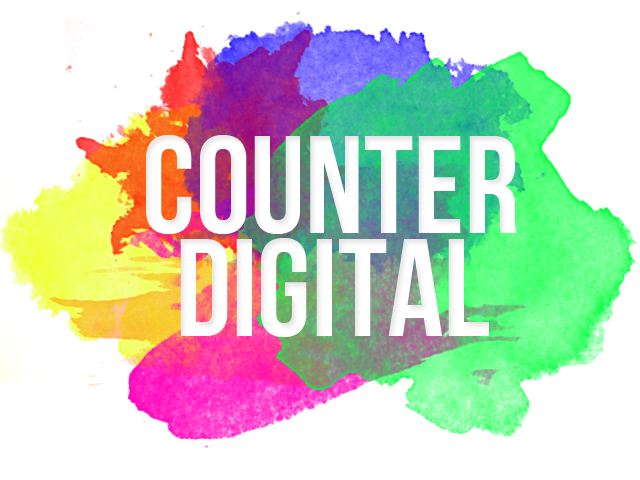The hashtag (this symbol ---> #) celebrates its 10th Internet anniversary this year but if you’re still struggling to get to grips with it never fear, read on…
What is a Hashtag?
The hashtag is simply a short text-based link preceded by the pound symbol (#) and it was first used in 2007 initially by Twitter developers to group together topics, content or conversations.
Since its initial inception the hashtag has taken on a life of its own and can now be seen on most major social media channels including Twitter, Instagram and Pinterest. You’ll also occasionally see hashtags on Facebook posts but they are less commonly used on the world’s biggest social platform.
Why use Hashtags?
Put simply the correct use of hashtags can increase exposure and put your content in-front of people that would never otherwise come in contact with your brand, business or profile.
Not bad for a little symbol and a piece of text.
As a general rule of thumb social media channels, such as Twitter or Instagram, require users to follow your profile in order to see your tweets, text, image or video posts.
Hashtags allow you and users to bypass this.
When you post a piece of content using the hashtag #NorthernIreland people searching for anything #NorthernIreland related will get the chance to see your post even if they don’t follow your profile!
This is especially great when you’re just starting out, with zero or very few followers, or trying to build a following, as it puts your message and content in front of interested groups of people.
How to Use Hashtags?
For this section we’ll stick to Instagram and Twitter as they’re currently the biggest social media platforms when it comes to hashtag use.
To use hashtags you simply post your tweet (if you’re on Twitter) or image/video (if you’re on Instagram) and type to add hashtags within the text or caption sections of the post. Nothing more complicated than that!
It’s important to note that hashtags:
- Can’t include spaces (So you type #ManchesterUnited rather than #Manchester United)
- Can’t include punctuation
- Can’t include the @ symbol
- Can include numbers
- Can include upper and lower case letters (They don’t make a difference)
Those are literally the only limitations. After that your hashtag can be whatever you want it to be! So you can use #candles if you craft and sell candles or #Elvis if you want to discuss the King.
The possibilities are endless but the skill, when it comes to business use, is finding the right hashtags to increase your exposure and awareness…
Where to Use Hashtags?
As previously stated you can use hashtags on Facebook, as the social media platform first introduced them in 2013, but in reality hashtags are biggest on Twitter, Instagram and Pinterest at the time of writing.
When considering which hashtags to use on Twitter you might want to look at the “Trends” section of the app which highlights popular, or widely used, hashtags specific to location.
When using hashtags on Instagram it’s well worth being aware that you can include up to 30 hashtags per post. This can give you the scope to tag everything including your product or service, industry, location and anything else related.
Which Hashtags Should I Use?
As said before hashtags can be anything and everything meaning each brand, business and industry could have completely different hashtags to the next.
To begin with it’s always best to keep things simple and simply hashtag whatever your content is about. So if you’re tweeting about surfing in Northern Ireland you might use #Surfing and #NorthCoast and so on.
When you want to discover more and begin researching which hashtags to use, take a look at competitors within your market to get some basic ideas. After that you might want to push the boat out further and experiment with popular hashtags that don’t necessarily directly match up with your business but could represent a great opportunity.
Should I Create My Own Hashtag?
People create their own hashtags all the time. It’s a daily occurrence worldwide and a quick look at Twitter or Instagram will reveal as much.
Having said that, for businesses lacking the ever-present exposure of the world’s biggest brands (Apple, Coca Cola etc.) it may be better to focus on popular or regularly browsed hashtags rather than inventing new ones.
As ever it’s about experimenting with what works and what doesn’t. You could stumble across a hashtag your followers/customers love.
--
This is just a brief overview and the best way to learn is to start doing! So get out there and hashtag until you’re an expert!


